Hallway paint ideas: 11 colour schemes for a welcoming entrance
Find out how these hallway paint ideas can help you design a bright and friendly entryway — with loads of inspirational homes of all shapes and sizes
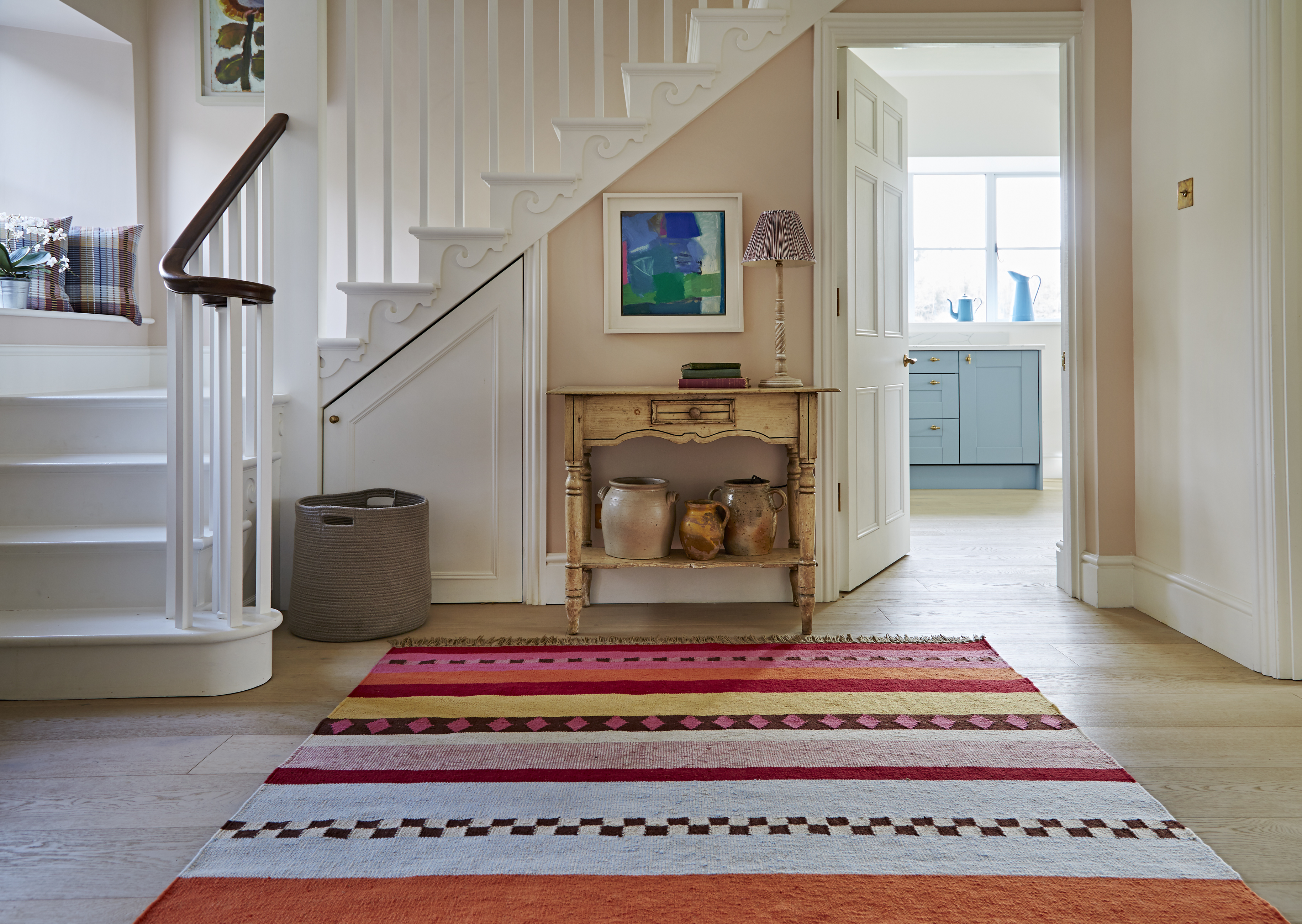
Hallway paint ideas will need to be considered alongside a variety of factors. Size and shape of the space, the amount and direction of natural light, and if you want a timeless entrance or would like to include trends and styles in a contemporary way.
These will all impact how the final design turns out.
Hallways are difficult to design and decorate and are often forgotten spaces. As a result they are sometimes left as simply the area between the front door and the room you want to enter.
But hallways can be so much more than that. And if you get it right and explore plenty of hallway ideas, a hallway can become a perfect introduction to the rest of your home.
Get the most from hallway paint ideas
"Hallways shouldn’t be underestimated. Your hallway sets the tone for the rest of your home and allows you the chance to show off your style and taste. Consider welcoming guests with an exciting colourful hallway scheme which will leave a positive lasting impression," says Emma Bestley, co-founder and creative director at YesColours.
To get the most from your chosen paint ideas, find out how to paint a room properly if you're tackling the job DIY. Many homeowners make simple mistakes and are left disappointed with the results. “If the surface of your wall is uneven in any way, it may need sanding," continues Emma. "It is also a wise idea to clean walls with a sugar soap to clear away any dirt build up. If you’re looking for a natural alternative to sugar soap, it’s simple enough to make your own... with water, white vinegar and a few drops of essential oils, which adds a beautiful scent too.
"Those working with freshly plastered walls or any other absorbent surfaces that you may be painting on, priming is essential before applying your paint. Patience is key here if you want a professional and smooth finish. Your newly plastered walls will need to be properly dried, which on average takes two weeks to completely dry.”
1. Go bold with a contemporary colour scheme
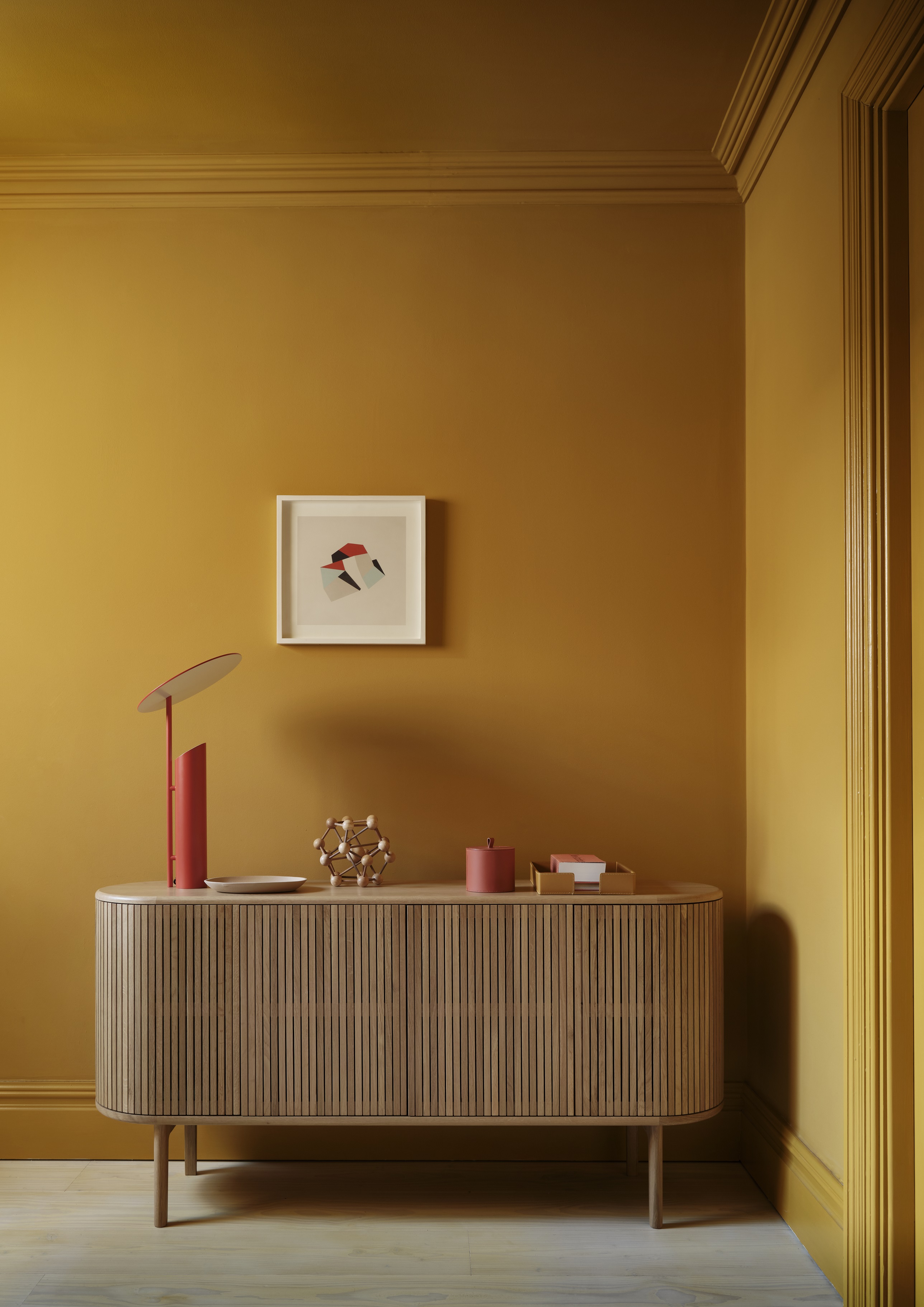
Be brave with modern hallway ideas and take inspiration from the colour drench styles that have revitalised living rooms, bathrooms and bedrooms for the last few years.
"The 'colour drenching' trend can be adopted in hallways for an impactful finish by painting woodwork, radiators, ceiling and doors the same colour as the walls. Perfect for creating a design statement with a bolder colour choice or creating a seamless, expansive finish with a mid or pastel tone," advises Ruth Mottershead, creative director at Little Greene.
"It’s worth taking a considered approach and not choosing a colour based on current trends. Order a paint sample and test on different areas of the wall, this will allow you to adjust to the colour and see how it lies alongside other design features within the space," adds Emma Bestley.
2. Brighten small hallways using paint
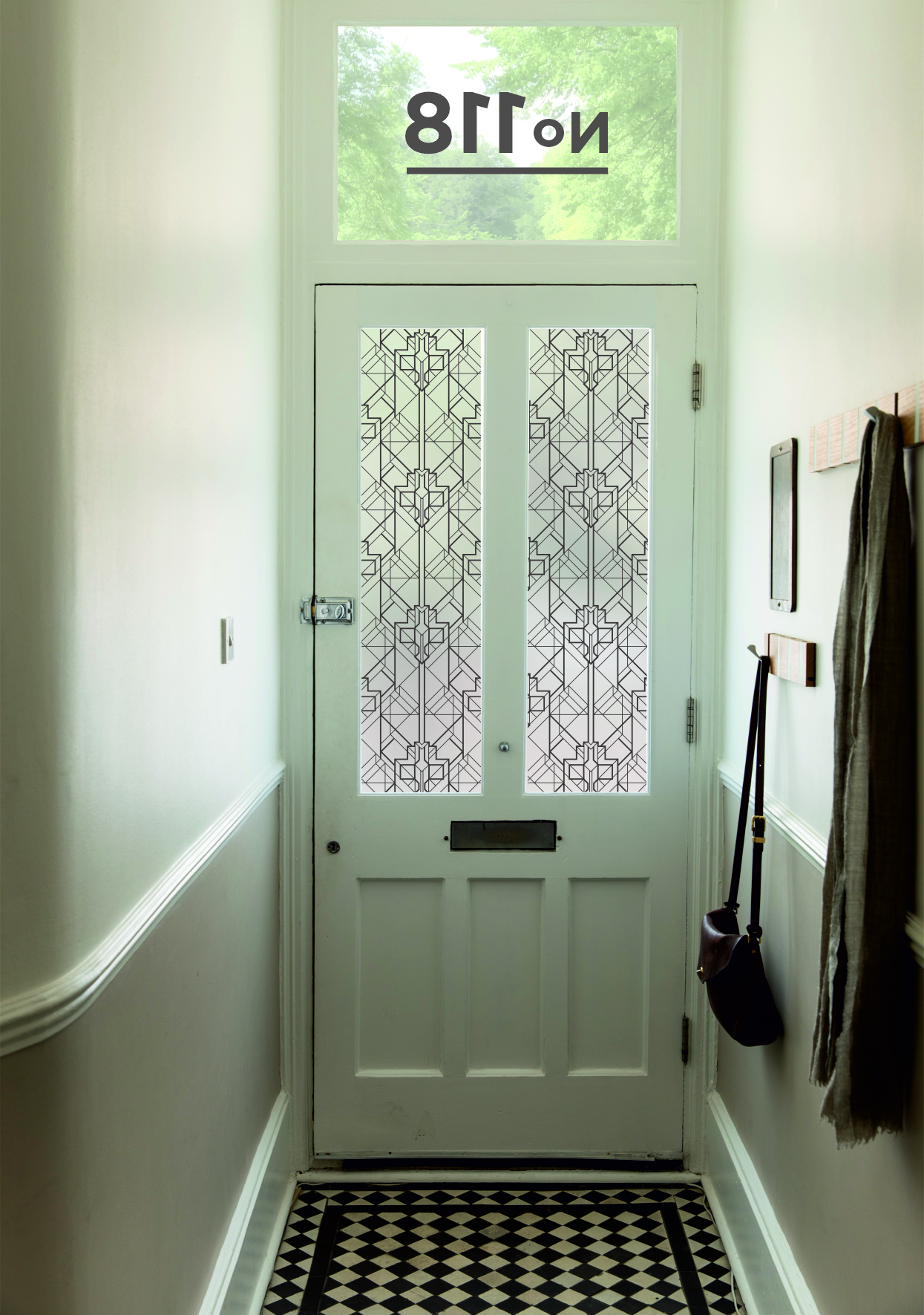
“Choosing the best colour for your hallway can depend on the size, shape and amount of natural daylight which is available within the space. The hallway should be a welcoming room to encourage you to feel energised but also relaxed," says Emma Bestley from YesColours.
An easy way to brighten small hallway ideas is to choose the correct sheen for painting a hallway. The higher the sheen, the more light is reflected around the space. Although you may want to leave high gloss for the doors and architraves, a semi-gloss or satin finish can work really well in dark or small hallways.
With the right sheen and hallway lighting ideas, any space can feel lighter and more welcoming.
3. Contrast and complement timeless flooring
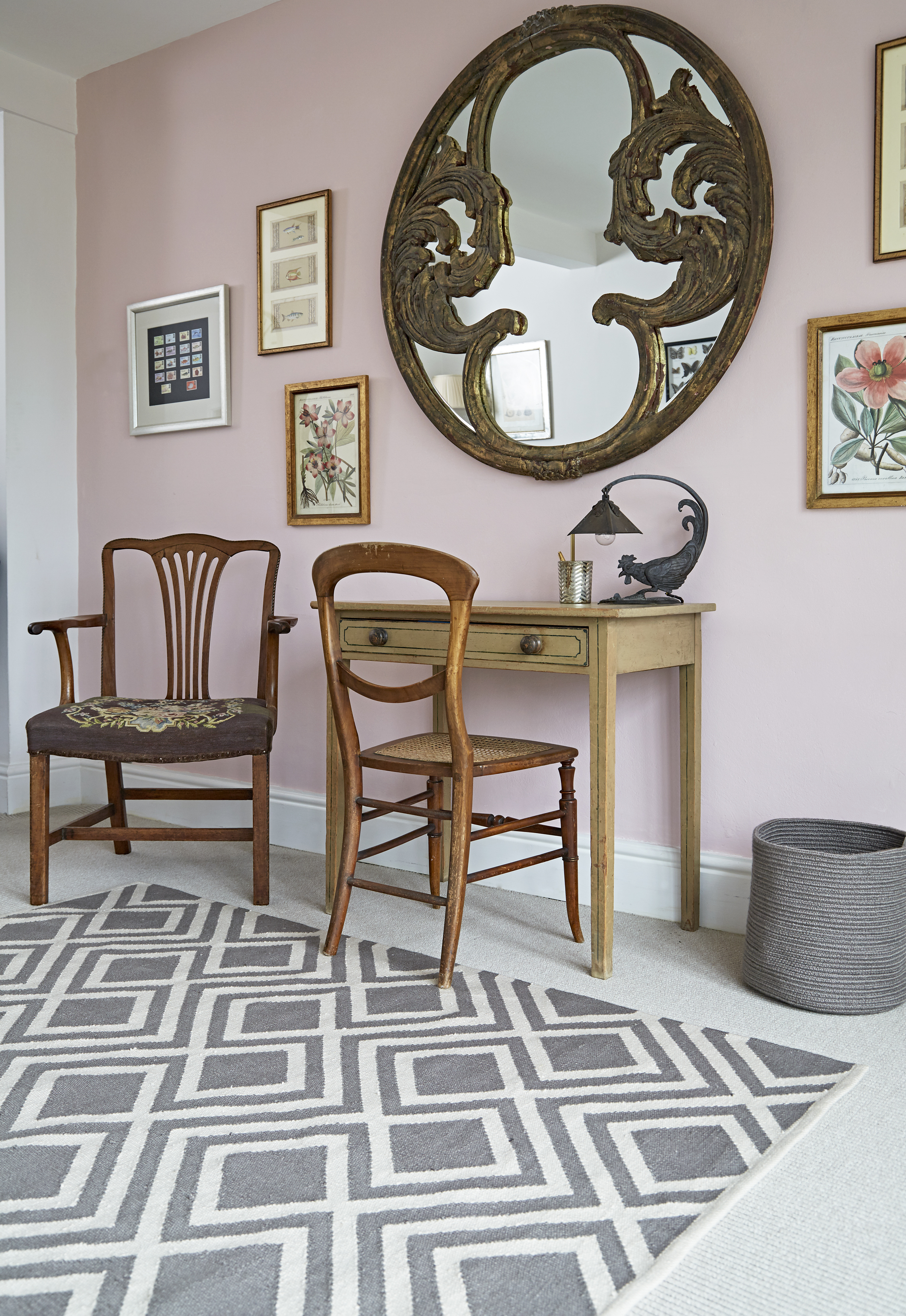
The key to a new or updated hallway design is to ensure the 'permanent' elements will be of good quality and in style ten years down the line to prevent waste (materials and financial) and disturbance.
Although paint colours will change the atmosphere of the hallway design, and should be kept in mind while choosing hallway flooring ideas, lighting and a great front doors, these fixtures should be able to survive independently of the ultimate colour you pick.
Here, a versatile and durable grey carpet that will stand the test of time has been paired with a modern pale pink — a style which can be easily swapped out if in need of a refresh.
4. Don't just paint the walls, paint the floor too
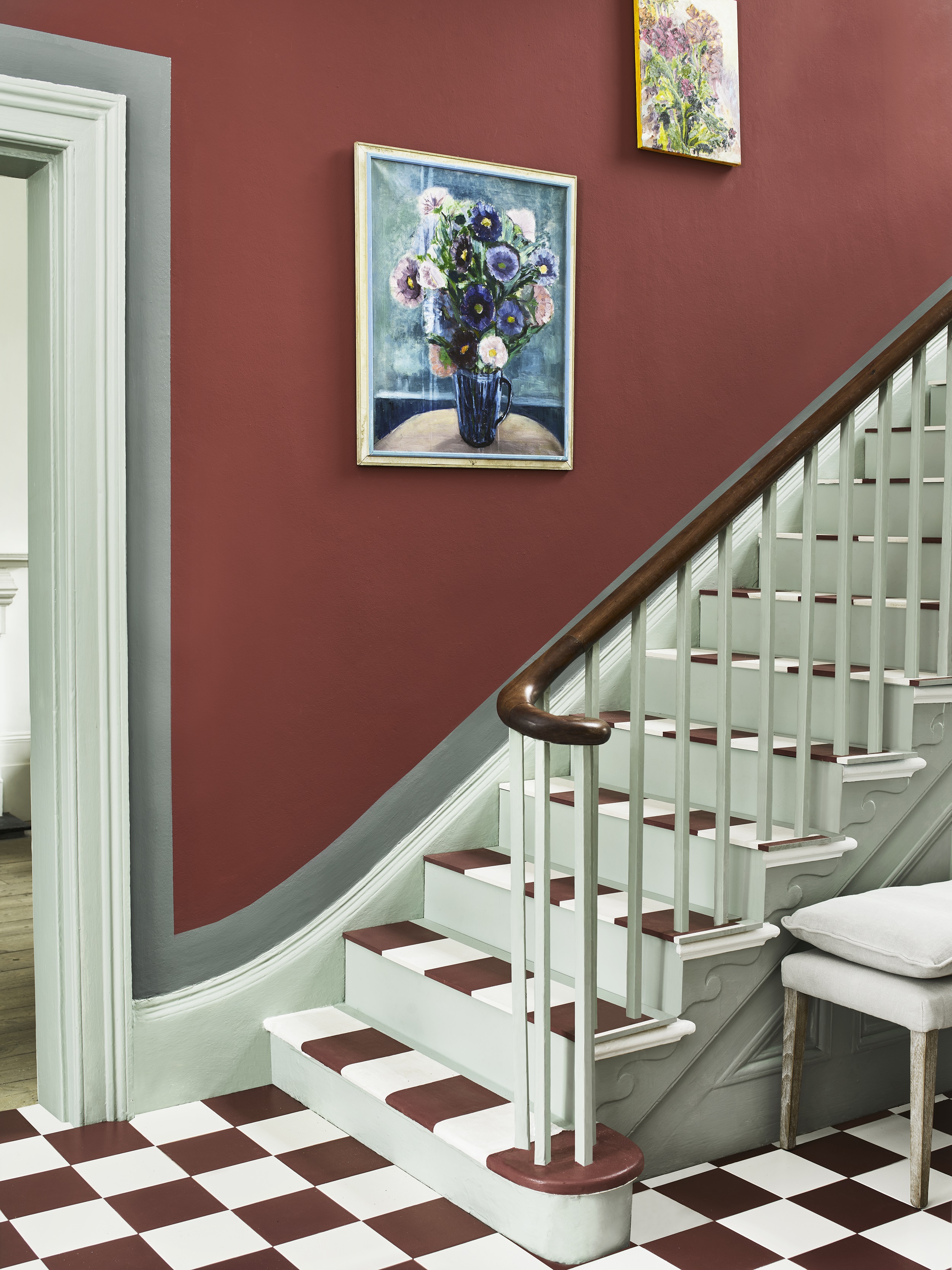
When we think about hallway paint ideas we tend to think only about the walls and ceilings. But painting the floor is another really great way to revive a tired entryway.
This idea works best with real timber flooring, but porcelain and ceramic tiles can also be painted for a new look.
Combining the floor look with the treads of the stairs will also provide the chance to incorporate modern staircase ideas into your new interior scheme (as pictured) — meaning more of the house feels refreshed.
5. Use paint tricks for narrow hallways
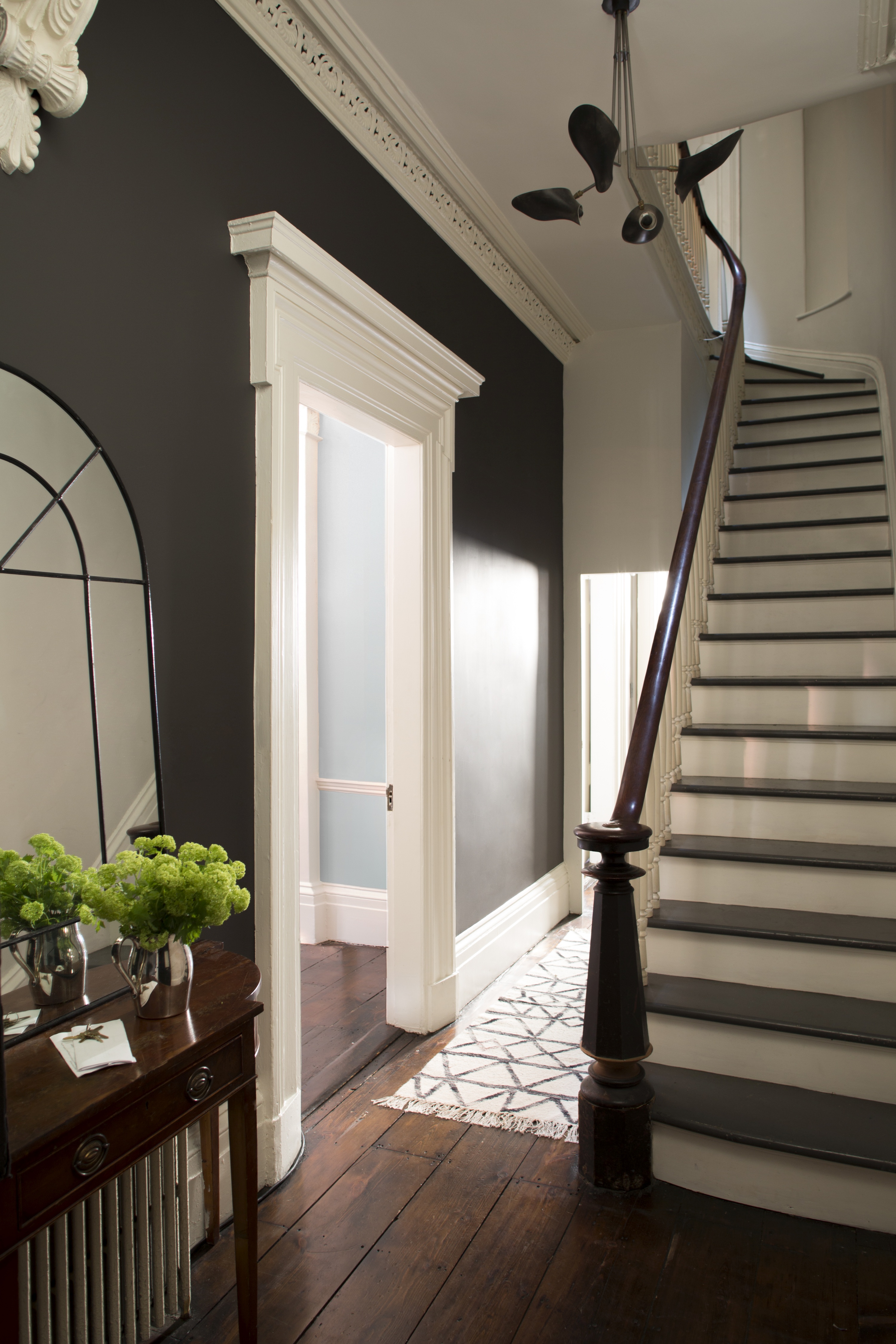
"Hallways are often narrow spaces with little natural light, embrace the size and go for sumptuous dark colours and patterned wallpapers that you love, or opt for a trick of the eye and elongate a long narrow space by using a lighter shade at the end of a narrow corridor alongside darker walls to draw the eye and create depth," suggests Little Greene's Ruth Mottershead.
This stunningly renovated hallway uses a combination of modern and traditional features to create a characterful space which is friendly and interesting to visitors, despite its gradually narrowing form.
The dark-painted wall helps to guide the eyeline towards the brighter spaces of the living room to the left and the kitchen ahead while the black stair tread and bannister does the same for the first floor.
6. Use hallway panelling for a two-tone look
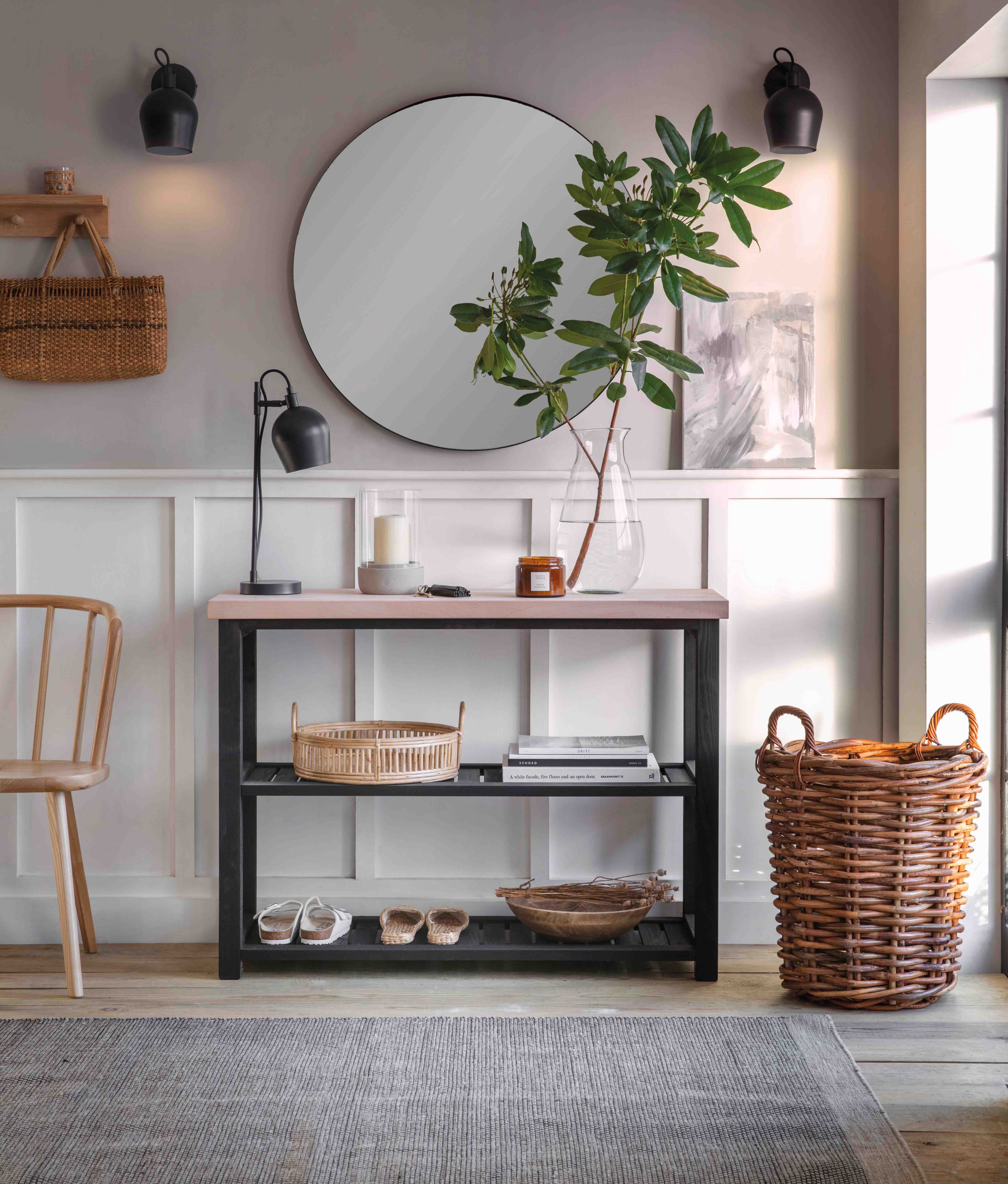
Wall panelling ideas look great in hallways and along staircases — especially where a two-tone look is established.
Not just great for protecting walls from bumps and scrapes, wall panelling gives personality to even the most basic of spaces, making it an ideal option for often uninspiring spaces like hallways.
7. Choose a paint with decent durability
"Hallways are often very high traffic areas, they are one of the busiest areas in the home, and susceptible to lots of knocks and bumps, so it’s important to opt for a durable finish," Ruth Mottershead warns.
Paint technology has improved massively so the best wall paints include those that are wipeable, resilient and low in VOCs.
"Using a durable eggshell on wooden staircases and skirting boards will help to keep these frequently used surfaces smarter for longer, plus the higher sheen level will add interest to the space and enable natural light to reflect, creating a bright and airy entrance," advises Emma Bestly of YesColours.
8. Tie in a hallway to other living spaces

Although hallways don't have to follow the same interior schemes as other spaces on the ground floor, like kitchens or living rooms, try adding a 'preview' into the change of style from the entryway.
This works especially well in homes that have undertaken extension projects or modern renovations.
Although traditional in style – with floral wallpaper, dado rails and a restored timber porch – this hallway allows the more modern space on the right to bleed through with a dark colour and pristine plasterwork. The contrast from one side of the hallway to the other showcases both areas from the moment the door is opened.
9. Paint skirting and internal doors in a hallway
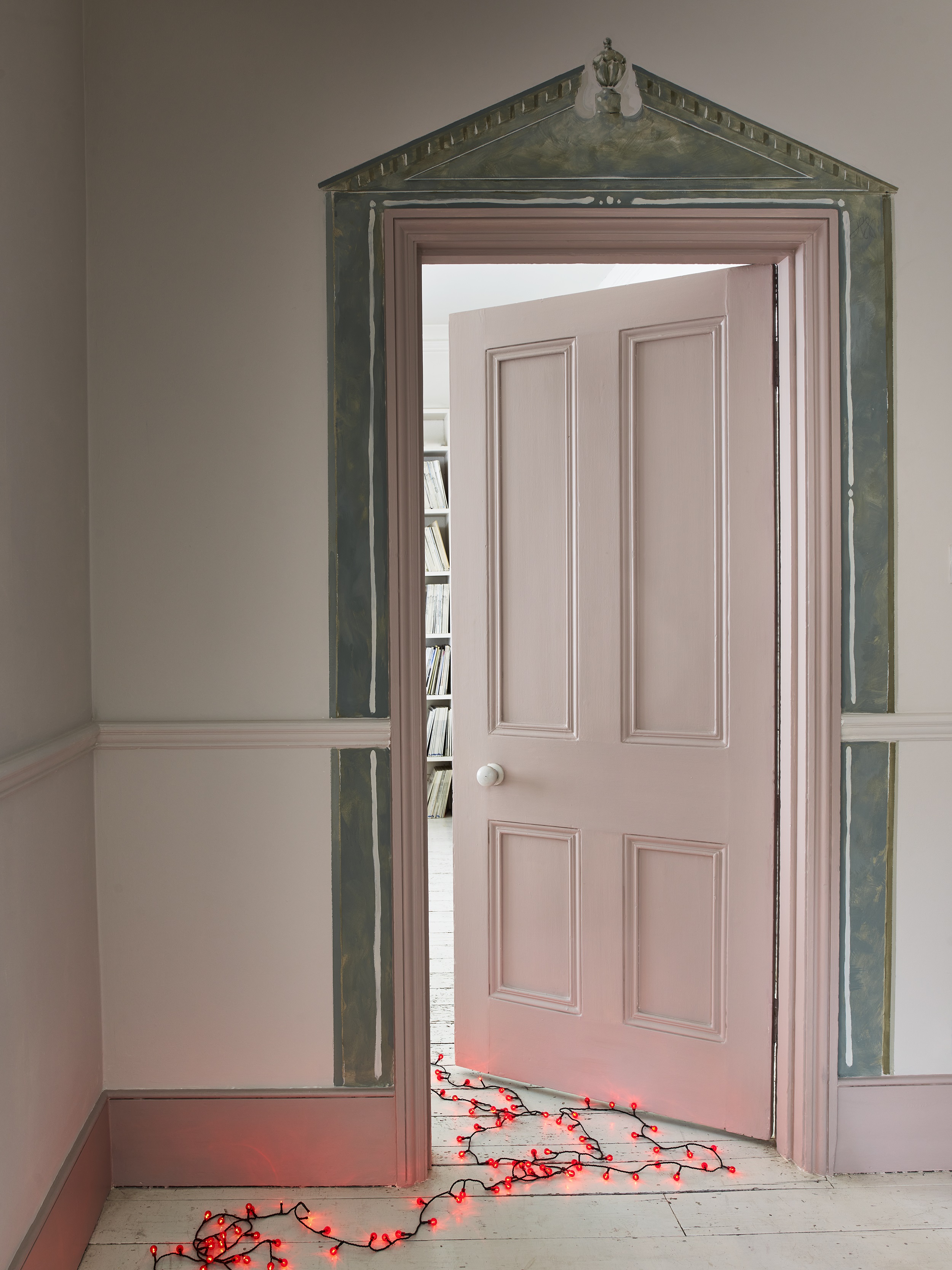
Opting to paint skirting boards, architraves and internal doors colours other than brilliant white is definitely one of the best recent trends.
Although you may be familiar with homes choosing dark, moody blues or delicate pastels (as above), skirting board colour ideas can include calming neutrals to add an extra dimension to pale colour schemes.
Off whites and muted greys are stunning options if you don't want to take too much of a risk and even a simple high-gloss version of your wall colour choice creates a brave contrast that looks fantastic.
10. Go moody for a vintage Victorian hallway
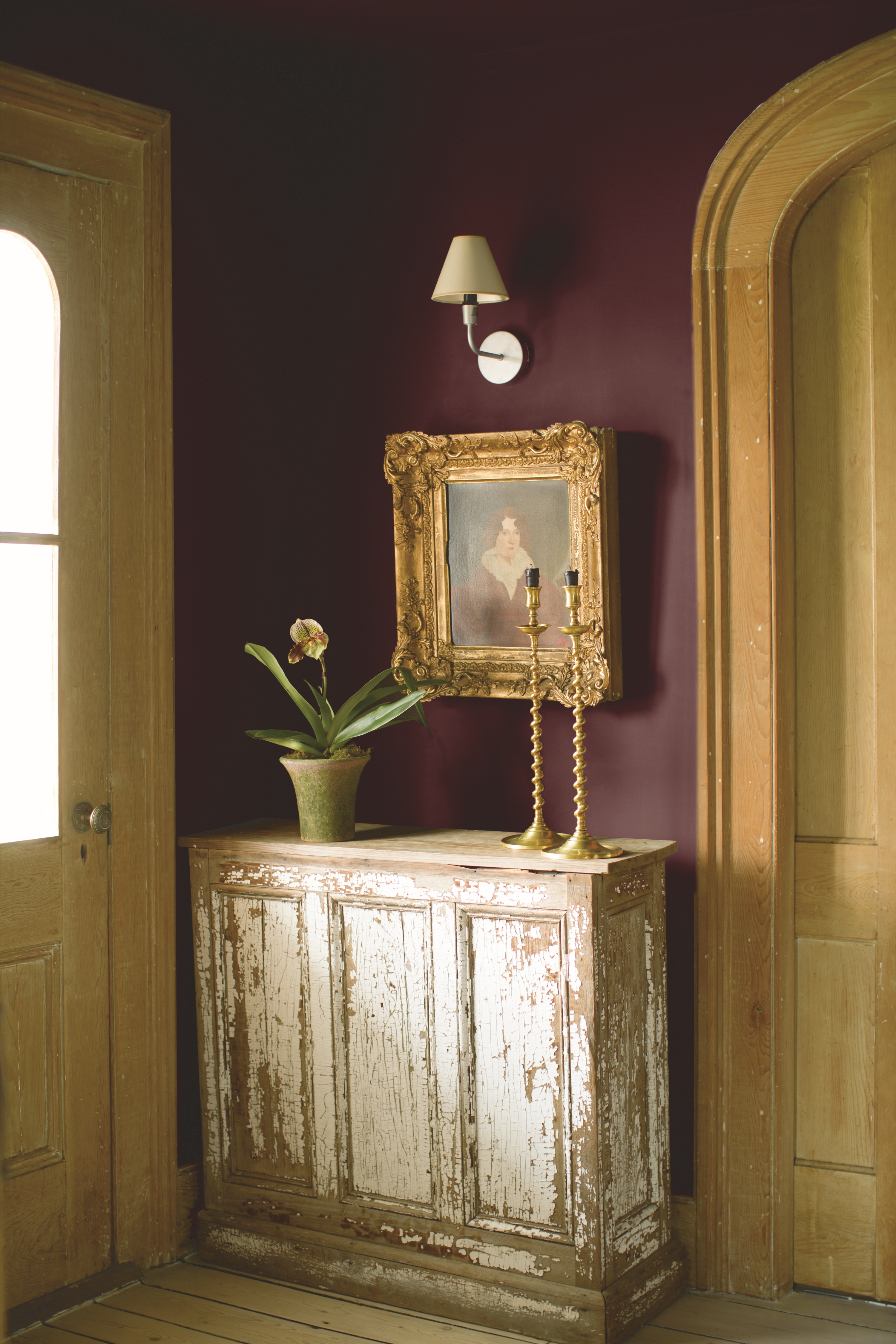
The old homeowner aversion to dark or bold colours has mellowed and as a result, traditional Victorian and Georgian colour schemes are becoming popular again.
A classic Victorian colour palette includes maroons, deep purples, burgundies and forest greens — a scheme which has been carefully recreated here.
While Georgian homes combined 'tamer' sage greens, dusky pinks and matt finishes, gilding with gold was all the rage — consider picking up some metallic paint to highlight a dado rail, or under a stair riser.
11. Stay with a classic neutral palette
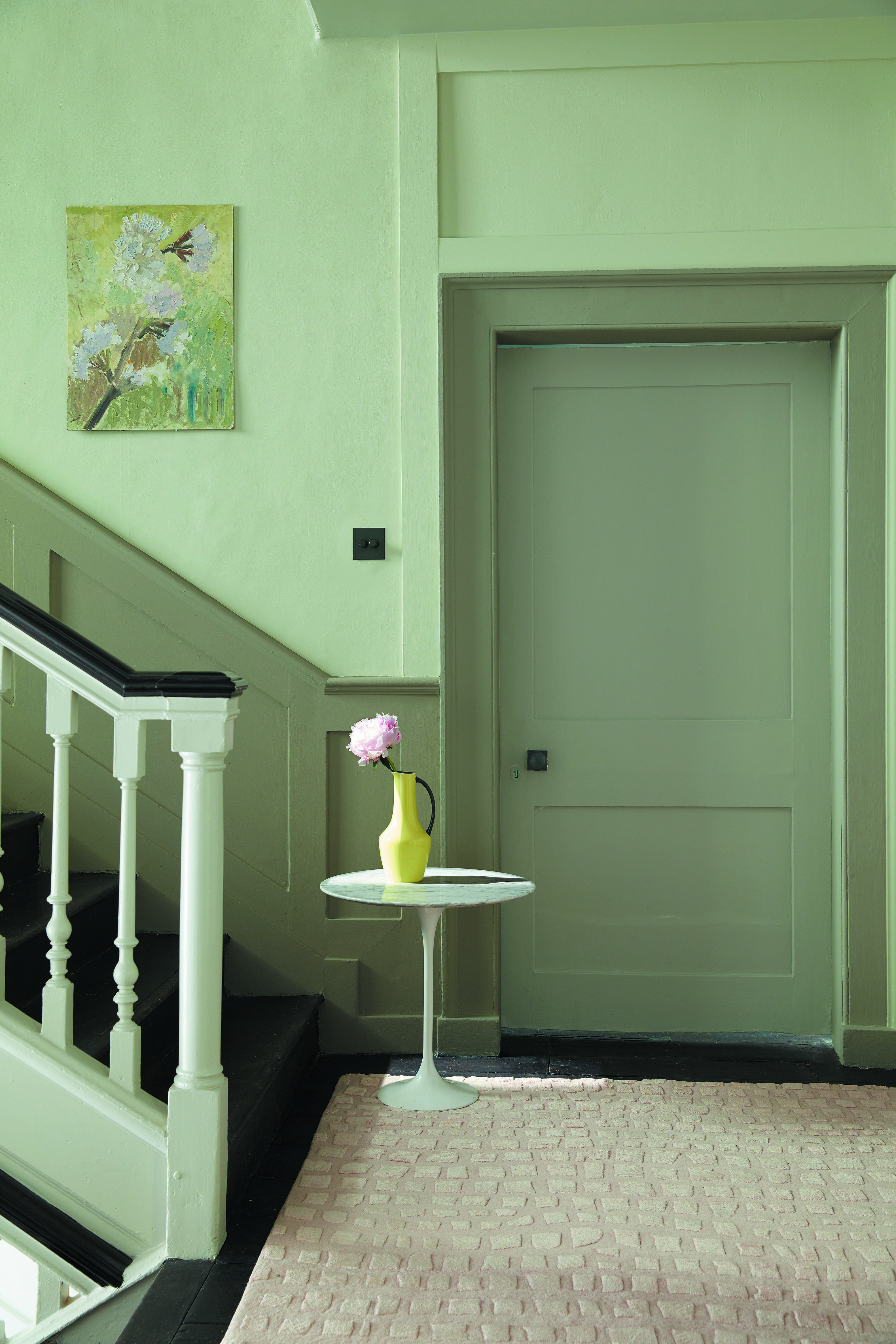
For an endlessly calming welcome home, stay with a collection of neutral colours. This doesn't have to mean only white as greys, creams and even warm browns fall under this umbrella.
Staying neutral will allow for flooring to take on the role of personality, or present a backdrop for stairway wall ideas like gallery of pictures or art work.
What colours make hallways look bigger and brighter?
A dark colour scheme with a view towards a brighter room at the end can make a hallway look bigger, while creams and light greys will make squat corridors feels wider. Mustard yellows, pale pinks and baby blues will all do their part to make a room's atmosphere feel uplifted and therefore bigger and brighter.
Should you paint your hallway the same colour as your living room or kitchen?
"You may want a cohesive space in your home but that doesn’t mean that everything has to match perfectly," says Emma Bestly of YesColours.
Considering the interior design scheme as a whole will assist with combining shades throughout the house for a uniform feel. Many homeowners choose a palette and start at the darker end for the hallway and work their way towards lighter shades for larger and more social rooms like kitchens.
Get the Homebuilding & Renovating Newsletter
Bring your dream home to life with expert advice, how to guides and design inspiration. Sign up for our newsletter and get two free tickets to a Homebuilding & Renovating Show near you.
Amy is an interiors and renovation journalist. She is the former Assistant Editor of Homebuilding & Renovating, where she worked between 2018 and 2023. She has also been an editor for Independent Advisor, where she looked after homes content, including topics such as solar panels.
She has an interest in sustainable building methods and always has her eye on the latest design ideas. Amy has also interviewed countless self builders, renovators and extenders about their experiences.
She has renovated a mid-century home, together with her partner, on a DIY basis, undertaking tasks from fitting a kitchen to laying flooring. She is currently embarking on an energy-efficient overhaul of a 1800s cottage in Somerset.

